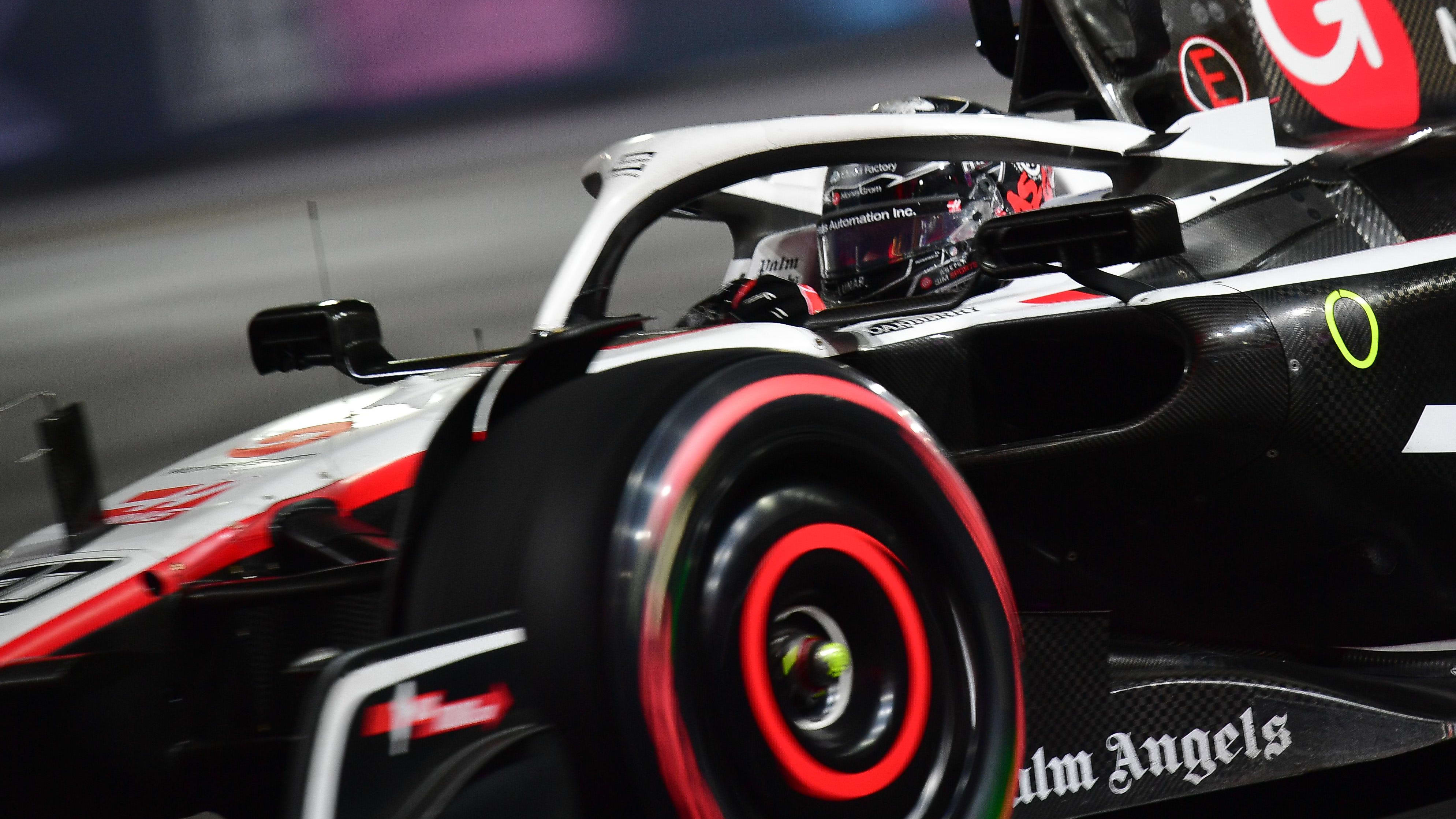After a five-year hiatus, Formula 1 returns to the Shanghai International Circuit for the 2024 Chinese Grand Prix. With the reintroduction of the circuit to the calendar, Haas Team Principal Ayao Komatsu highlights the setup of their 2024 car as the biggest challenge, especially with the first F1 Sprint of the season on the horizon.
Key Takeaways
- The MoneyGram Haas F1 Team faces significant setup challenges at the Shanghai International Circuit for the 2024 Chinese Grand Prix, emphasizing the complexity introduced by a revised F1 Sprint event format and the circuit's unique characteristics.
- Haas drivers Nico Hulkenberg and Kevin Magnussen will leverage past experience at Shanghai, which features key challenges such as tire management due to its long-radius turns and lengthy straights.
- Team Principal Ayao Komatsu highlights the difficulties posed by potential wet weather during practice and the introduction of a new upgrade package, aiming to optimize car performance amidst these variables.
As the Formula 1 circuit readies itself for its return to Shanghai, the MoneyGram Haas F1 Team, alongside others, are facing a daunting challenge. This year's Chinese Grand Prix is not just another race; it's a milestone, celebrating two decades since the sport made its debut in China's Jiading district. For Haas, the event is also a litmus test for their updated car and a revised race weekend format that includes the season's first F1 Sprint event.
The Shanghai International Circuit, known for its distinctive 5.4-kilometer layout that includes complex corners and a notoriously long back straight, will test the mettle of every team and driver. Notably, the circuit's long-radius first turn, which spirals inward like a snail’s shell, and its subsequent high-speed stretches offer ample overtaking opportunities while punishing the tires.
For Haas drivers Nico Hulkenberg and Kevin Magnussen, the return to Shanghai is a revisit to a familiar yet challenging battleground. Hulkenberg, with a history of strong performances including a fastest lap in 2016, and Magnussen, who secured a top-eight finish in 2017, are both looking to leverage their experience as they navigate the updated track conditions.
"The last time we raced in China was 2019, so compared to then we have a very different car, and on top of that, it's going to be a Sprint weekend," said Ayao Komatsu, Haas Team Principal. "Our biggest challenge will be to get the car set up in the right ballpark straight away for FP1.
"In the only practice session of the weekend, we get three sets of tires, so in one hour we'll probably do three runs and within that time you really need to prepare the car for Sprint Qualifying in the afternoon, so that's going to be our biggest challenge."
This year, the F1 Sprint adds an extra layer of strategic complexity. With the Sprint Qualifying now moved to Friday and the Sprint Race setting the stage on Saturday morning, teams have less time to fine-tune their setups before the crucial qualifying session for Sunday's grand prix, albeit with another opportunity to alter their cars' setups after the sprint race.
Komatsu reflected on the team's previous outing in Suzuka, noting that the lessons learned there about the car's weaknesses could be beneficial in Shanghai.
"In terms of circuit characteristics, I think I'll take lots of positives from Suzuka where, as I said repeatedly, it exposed the weakness of our car. In Shanghai, it has lower cornering speeds and a very long back straight, as well as a decent length pit straight as well, so that should suit our car more, so I'm really looking forward to seeing what we can do."
Adding to the weekend's unpredictability is the weather. With forecasts suggesting wet conditions for Friday's practice, the team faces additional pressures in adapting their car to both the new aero package and the inclement weather.
"Weather - to add that to the mix - Friday looks to be a bit wet so that's going to be challenging in FP1 if it is wet; to create a test program to make sure the car is okay for Sunday's race as well," Komatsu explained. "In Shanghai, we're also going to introduce the very first part of our upgrade package which we're looking forward to. If it's wet however, there's not an awful lot we can learn but every single bit of downforce helps, so that should be positive. If it's dry, we'd like to spend the session trying to set the car up for the aero package, so there's lots to do."
As the MoneyGram Haas F1 Team gears up for what could be a pivotal weekend in Shanghai, all eyes will be on how well they handle these complex variables.
